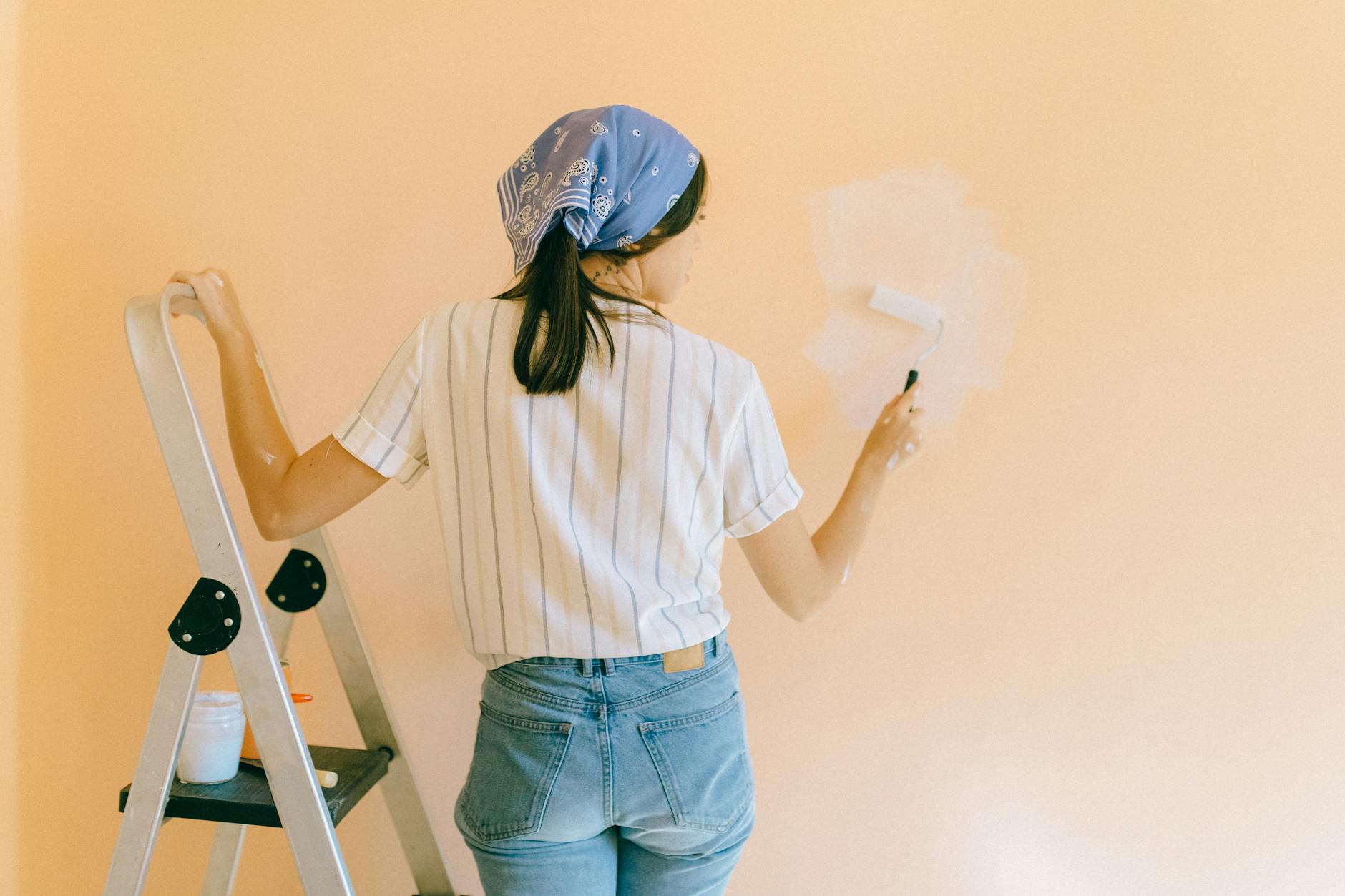Technical Write up by Dr E Ramanathan
Powder coating Training Notes
WHY POWDER COAT ?
- Produces a hard, abrasion resistance & tough coating
- Can be applied over a wide range of thicknesses (20-25 mils/500-600 microns)
WHAT IS POWDER COATING
“A mechanical mixture of resin, pigments & hardening agents in powdered form, when applied on to a surface as a thin/thick layer, forms an adherent film after curing”.
=================
CONSTITUENTS OF POWDER COATING
- Powder coating is composed of finely ground particles of:
- Resins: key component
- Thermosetting, Most suitable for thin coating. (Epoxy, Polyester, urethane, Acrylics, etc) & Thermoplastic, Most suitable for thick coating. (PVC, Polyehylene, Polypropylene, nylon, etc)
- Good resistance to chemicals
- Low shrinkage during curing
==============================

CONSTITUENTS OF POWDER COATING
- Pigment: Titanium dioxide, Carbon black, Zinc oxide, etc.
- Provides desired colour & opacity
- Protects from UV-light
- Improves impermeability to moisture
- Fillers: Barytes, French chalk, Talc, Whiting, etc
- Fills voids
- Reduces the cost
- Degassing agent:
- Eliminates gas bubbles
- Accelerators: Copper salts, etc
- Enhances the rate of slow reaction
- Dry flowing agents: Poly acrylates, silicone, fludised alkyl esters, etc
- Improves free flow of powders
- Waxes: –Provides slip
MANUFACTURING POWDER PAINT
- The dry ingredients in exact amounts are blended at high speed to create a homogeneous mixture & heated to the resin melting temp in an extruder.
- The extruded mixture is then cooled & rolled before being broken into small chips.
- The chips are milled to a very fine size ( Average diameter of powder particle varies in between 30-50 micron) & packed.
- Each individual powder particle contains the entire coating formulation.
=======================
COMPRESSED AIR DATA
- Requires good quality of compressed air, free of oil & moisture.
- Pressure ——————- –4 to 5 kg/cm2
- Max. moisture content—-1.4 gm/m3
- Max. oil content———–0.1 ppm

================
POWDER COATING PROCESS
Basic steps:-
- Surface preparation
- Application of powder
- Curing
- Recovery of powder
=====================
SELECTION OF GUN ATTACHMENT & RIGHT POWDER
- No perfect tip for all applications.
- Extension lances help to get into recessed areas.
- Unwanted areas to be covered with high temp tape specially designed for powder coating.
- Right powder to be chosen as per the end use of the component.
==========================
BASIC POWDER COATING PROCESS – Four basic processes:-
- Electrostatic spraying
- Fluidised bed
- Electrostatic fluidised bed
- Flame spray
- Electrostatic spraying is the most commonly used
==================
OPERATIONAL PROCEDURE OF POWDER COATING
- Ensure proper earthing to the equipment.
- Put powder into the hopper.
- Connect the equipment to the main air supply.
- Switch on the power supply.
- Direct the gun into the spray booth & press the trigger.
- Adjust the fluid bed air pressure to 4-5 kg/cm² till the powder in the hopper appears to ‘boil’.
- Don’t keep higher pressure than necessary otherwise powder may ‘puff’ out the gun.
*By increasing dosing air, powder speed will increase, cloud density is reduced. By reducing dosing air, powder speed will reduce, cloud density will increase.
=======================
ELECTROSTATIC SPRAYING
- An electrical charge is applied to the dry powder particles while the component to be painted is electrically grounded.
- The charged powder & grounded work piece create an electrostatic field that pulls the paint particles to the work piece.
- The coating deposited on the work piece retains its charge, which holds the powder to the work piece.
- The powder coated work piece is placed in a curing oven, where the paint particles are melted on to the surface & the charge is dissipated.
- The gun gives +ve electrical charges on the powder particles by frictioning between them & non- conductive material (air).
=============================
ADDITION OF VIRGIN POWDER
- Virgin powder should be added frequently to the powder hopper because, recycled powder will always have properties that differ from virgin powder.
- In order to maintain a constant composition, always keep the volume of re-used powder to minimum.
- To reduce variations in particle size distribution due to recycling.
=============
CURING
- The curing process requires a certain degree of temp for a certain length of time in order to reach a full cure.
- Temp…………….180-2000C
- Curing time……45 minutes.
- The application of energy to the product to be cured can be accomplished by:-
- infrared cure ovens (direct exposure to light in the range of IR-region)
=================
RECOVERY OF POWDER
- Powder coating booth is equipped with powder recovery cyclone and filter.
- It recovers as much as 98% of powder exhausted from the booth.
- Recovered powder is progressively re-used.
- After filter, filters fine powder of powder recovery cyclone and virtually no powder goes to atmosphere.
======================
POWDER COATING STORAGE CONDITION
- Powder coating must be:-
- flowing easily
- capable of maintaining a good electrostatic charge.
- Proper storage is essential as it:-
- prevents particles agglomeration
- ensures satisfactory application.
==============
FACTORS AFFECTING POWDER STORAGE CONDITIONS
- Temperature
- Humidity
- Contamination
- Direct sunlight
===============
Recommended optimum conditions:-
- Temperature ………………………….250C (Approx).
- Relative humidity…………………….50 to 65 %.
- Away from direct sunlight.
=================
SAFETY & HEALTH
- Powder & air mixtures can be a fire hazard when an ignition source is introduced.
- The concentration of powder in air must be controlled to maintain a safe working.
- Any finely divided organic material, such as dust, can form an explosive mixture in air.
- Personal cleanliness should be maintained at all times (soap & water clean up to remove powder from the skin)
- Don’t use air blast nozzles to blow off powder from the skin.
- Disconnect the main power supply before cleaning or maintaining the gun
- Operator should hold the gun in his bare hands.
- Avoid inhalation of the powders.
- Use proper PPE
=======================
ADVANTAGES OF POWDER COATING
- Releases zero or negligible amounts of VOC into the atmosphere, resulting in minimal air pollution.
- Easy recycling of over sprayed powder for reuse
- Provides a superior finish, greater durability, improved corrosion resistance.
- Lower raw material (powder) costs.
- Unlimited colour selection with high & low gloss.
- Easy to apply thick coatings
- Requires minimum operator training & supervision
- Parts can be racked closer together.
==========================
DISADVANTAGES OF POWDER COATING
- Application of large areas not feasible.
- Coating touch up not possible.
- Difficult to apply intricate shapes & assembled components
- Can be more prone to orange peel.
- Difficult to apply thin coats (< 1.0 mil) .
=============================
REMOVING POWDER COATING
- Methylene Chloride is most effective.
- NB: Most recently the suspected human carcinogen Methylene Chloride is being replaced by benzyl alcohol with great success.
- Organic solvents such as Acetone, Thinners, etc, are completely ineffective.
- Can be removed by abrasive blasting.
- Can be removed by using 98% commercial grade Sulphuric acid.



